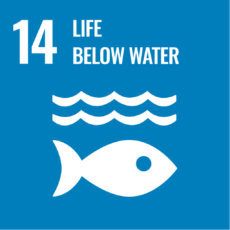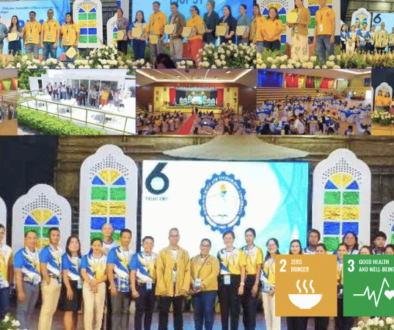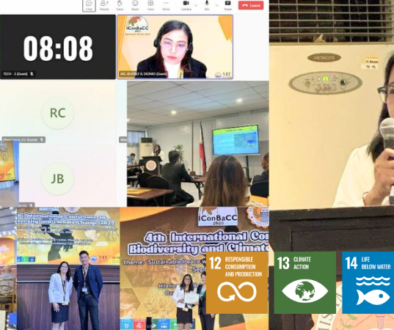
Flowing quietly between Barotac Nuevo and Anilao, the Tinorian River has become a living laboratory for ISUFST faculty. Their research measures its water and sediment, offering a first baseline of how human activity is shaping the river’s condition.
The recently published work in Sustainable Aquatic Research (Vol. 4, Issue 2), is titled “Sediment and Water Analysis in Tinorian River, Iloilo, Philippines: Basis for Understanding the River’s Health and Quality.” It was written by ISUFST’s Rother M. Gaudiel, Jescel B. Bito-onon, Caryl Jade C. Villanueva, Vensor E. Perrera, Karl A. Solivio, and Keneth S. Belgira.
From 12 river sites and 15 ponds, they gathered samples and measured everything from grain size to dissolved oxygen. Their findings? Sluggish waters tend to trap more organic matter, pointing to sediment buildup likely tied to aquaculture and human use.
Water conditions were mostly basic, with stable temperatures across sites, but turbidity was high. Importantly, several areas registered DO levels below 5 mg/L, a signal that aquatic life could be at risk if conditions persist. Upstream sections were freshwater, while downstream zones showed brackish characteristics.
The study shows the Tinorian River under stress, a waterway that feeds both fisheries and local communities. With baseline data in hand, the authors call for evidence-based strategies to restore and protect its health.
This effort also advances the UN Sustainable Development Goals 6 on clean water and 14 on life below water—affirming ISUFST’s mission as the country’s lone fisheries university committed to sustainable aquatic ecosystems. (Herman Lagon/PAMMCO)

Flowing quietly between Barotac Nuevo and Anilao, the Tinorian River has become a living laboratory for ISUFST faculty. Their research measures its water and sediment, offering a first baseline of how human activity is shaping the river’s condition.
The recently published work in Sustainable Aquatic Research (Vol. 4, Issue 2), is titled “Sediment and Water Analysis in Tinorian River, Iloilo, Philippines: Basis for Understanding the River’s Health and Quality.” It was written by ISUFST’s Rother M. Gaudiel, Jescel B. Bito-onon, Caryl Jade C. Villanueva, Vensor E. Perrera, Karl A. Solivio, and Keneth S. Belgira.
From 12 river sites and 15 ponds, they gathered samples and measured everything from grain size to dissolved oxygen. Their findings? Sluggish waters tend to trap more organic matter, pointing to sediment buildup likely tied to aquaculture and human use.
Water conditions were mostly basic, with stable temperatures across sites, but turbidity was high. Importantly, several areas registered DO levels below 5 mg/L, a signal that aquatic life could be at risk if conditions persist. Upstream sections were freshwater, while downstream zones showed brackish characteristics.
The study shows the Tinorian River under stress, a waterway that feeds both fisheries and local communities. With baseline data in hand, the authors call for evidence-based strategies to restore and protect its health.
This effort also advances the UN Sustainable Development Goals 6 on clean water and 14 on life below water—affirming ISUFST’s mission as the country’s lone fisheries university committed to sustainable aquatic ecosystems. (Herman Lagon/PAMMCO)







